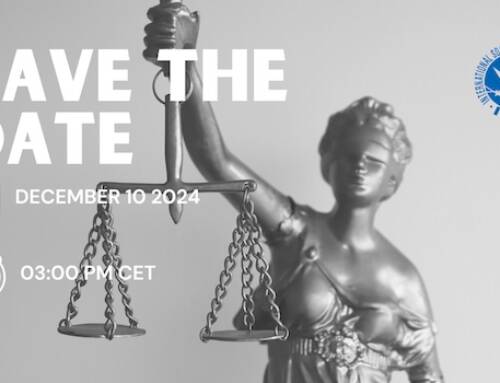Europe


The follow-up of the European Union elections
Citizens of the European Union’s 27 member states voted over four days to elect the 720 members of the European Parliament for the next five-year term. The European Union elections, that took place from the 6th of June to the 9th of June across the EU revealed the rise of far-right parties, and a sharp fall in the ecology group. On one hand, major gains for the far-right in the European Parliament with victories in several European countries or important progress in the results are to be noted. The far-right party won the elections in Italy (Giorgia Meloni’s party), France (National Rally), Austria (FPÖ) and gained important progress as in Germany for instance. The Ursula Von der Leyen’s group, the EPP’s conservatives, confirmed their position as the leading political group in the Parliament, while the far-right made a breakthrough. The Social Democrats (S&D), the second largest group in Parliament, lost ground, but it was above all the liberals of Renew and the Greens who fell back.

Le Monde – the European Elections Map
On the other hand, the far-right parties declined in the Nordic countries. The anti-immigration Sweden Democrats, which is propping up Ulf Kristersson’s government, had been expected to gain votes and pass Kristersson’s conservative Moderate Party to become the second largest – as it did in the country’s 2022 general election. Instead, the party ended up losing ground for the first time in an election in the party’s history. In Denmark, the Socialist People’s Party became the largest party with 17.4% of the vote, up 4.2 percentage points compared to the 2019 result, and in Finland the socialist Left Alliance, noted an increase of 10.4 percentage points compared to the 2019 election.
In addition, the European elections highlight the national divisions. For example, in Germany, the far-right Alternative for Germany (AFD) came first in the east of the country, and fourth in the west. In France, the French President Emmanuel Macron dissolved the Assemblée Nationale and called early elections after his coalition finished second, well behind the far right. This political move divides the French population. The National Rally could win the legislatives elections and be at the head of the government.
The second challenge of the European elections was the abstention rate. This year, 51.4% of voters according to estimates went to the poll station compared with 50.1% in 2019 and 42.4% in 2014. The abstention fell to 48.6%. The increase in the number of voters demonstrates an increase in interest in the affairs of the European Union.
In conclusion, The European elections represent the public opinion of European citizens. The increase in the number of seats allocated to the two far-right groups (ID & MISC.) demonstrates the importance of going out to vote to counterbalance the abstention rate, and to fight for a Europe that protects human rights. The main mission of the European Union remains the fight against the Democratic crisis causing this abstention rate. The European citizens do not feel related to the European affairs that seem far away from their daily lives.





